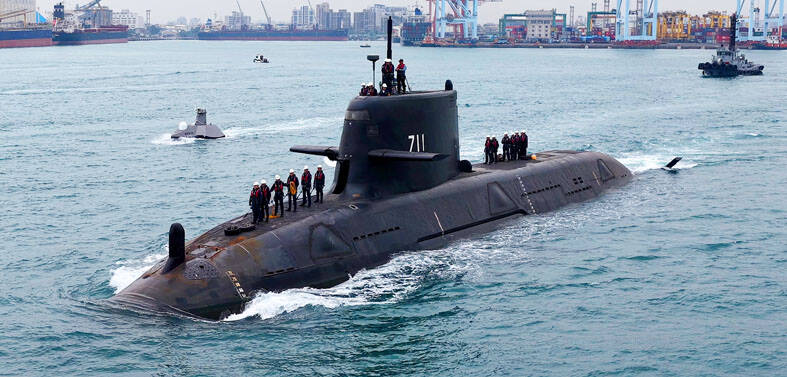The Executive Yuan on Thursday approved a bill to continue the efforts of the Transitional Justice Commission after the ad hoc committee is disbanded in May.
The plan includes an amendment to establish a “transitional justice board” under the Cabinet to review and coordinate tasks among ministries and various government agencies following the commission’s dissolution, Executive Yuan spokesman Lo Ping-cheng (羅秉成) said.
The commission was given a two-year mandate when it was established on May 31, 2018, in accordance with the Act on Promoting Transitional Justice (促進轉型正義條例), but it was given a one-year extension in 2020 and again last year.
The commission would formally disband on May 30 after releasing a “mission conclusion report” on its work over the past four years.
The bill, which is to be sent to the Legislative Yuan for approval, also details the handover of the commission’s duties to ministries and government agencies.
Commissioner Chen Yu-fan (陳雨凡) said that the Ministry of the Interior would handle work related to the removal of authoritarian symbols and exoneration of people who were persecuted during the Martial Law era.
The Ministry of Culture would be responsible for preserving historical sites of injustice, while the Ministry of Education would be tasked with promoting education pertaining to transitional justice and human rights, Chen said.
Issues that require cooperation among agencies would be discussed and coordinated by a proposed “transitional justice board,” she added.
The premier is to lead the planned board and convene regular meetings, Lo said.

US climber Alex Honnold is to attempt to scale Taipei 101 without a rope and harness in a live Netflix special on Jan. 24, the streaming platform announced on Wednesday. Accounting for the time difference, the two-hour broadcast of Honnold’s climb, called Skyscraper Live, is to air on Jan. 23 in the US, Netflix said in a statement. Honnold, 40, was the first person ever to free solo climb the 900m El Capitan rock formation in Yosemite National Park — a feat that was recorded and later made into the 2018 documentary film Free Solo. Netflix previewed Skyscraper Live in October, after videos

NUMBERS IMBALANCE: More than 4 million Taiwanese have visited China this year, while only about half a million Chinese have visited here Beijing has yet to respond to Taiwan’s requests for negotiation over matters related to the recovery of cross-strait tourism, the Tourism Administration said yesterday. Taiwan’s tourism authority issued the statement after Chinese-language daily the China Times reported yesterday that the government’s policy of banning group tours to China does not stop Taiwanese from visiting the country. As of October, more than 4.2 million had traveled to China this year, exceeding last year. Beijing estimated the number of Taiwanese tourists in China could reach 4.5 million this year. By contrast, only 500,000 Chinese tourists are expected in Taiwan, the report said. The report

Temperatures are forecast to drop steadily as a continental cold air mass moves across Taiwan, with some areas also likely to see heavy rainfall, the Central Weather Administration (CWA) said. From today through early tomorrow, a cold air mass would keep temperatures low across central and northern Taiwan, and the eastern half of Taiwan proper, with isolated brief showers forecast along Keelung’s north coast, Taipei and New Taipei City’s mountainous areas and eastern Taiwan, it said. Lows of 11°C to 15°C are forecast in central and northern Taiwan, Yilan County, and the outlying Kinmen and Lienchiang (Matsu) counties, and 14°C to 17°C

STEERING FAILURE: The first boat of its class is experiencing teething issues as it readies for acceptance by the navy, according to a recent story about rudder failure The Hai Kun (海鯤), the nation’s first locally built submarine, allegedly suffered a total failure of stern hydraulic systems during the second round of sea acceptance trials on June 26, and sailors were forced to manually operate the X-rudder to turn the submarine and return to port, news Web site Mirror Daily reported yesterday. The report said that tugboats following the Hai Kun assisted the submarine in avoiding collisions with other ships due to the X-rudder malfunctioning. At the time of the report, the submarine had completed its trials and was scheduled to begin diving and surfacing tests in shallow areas. The X-rudder,